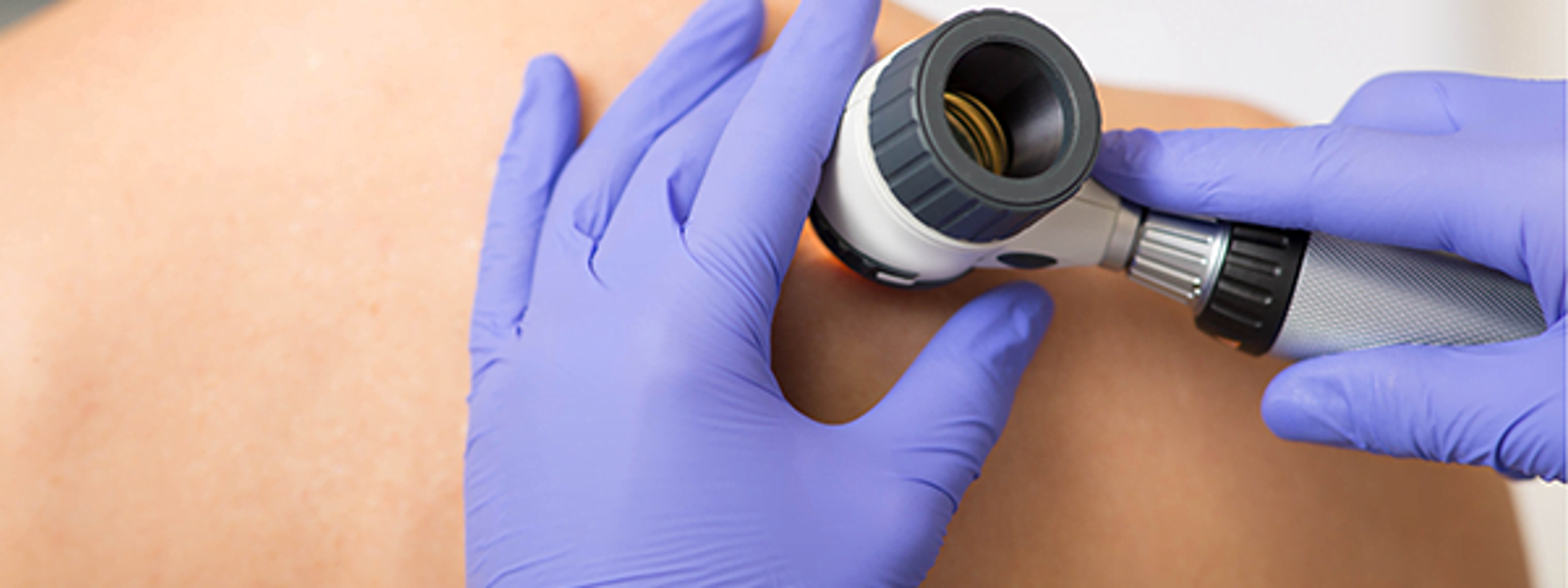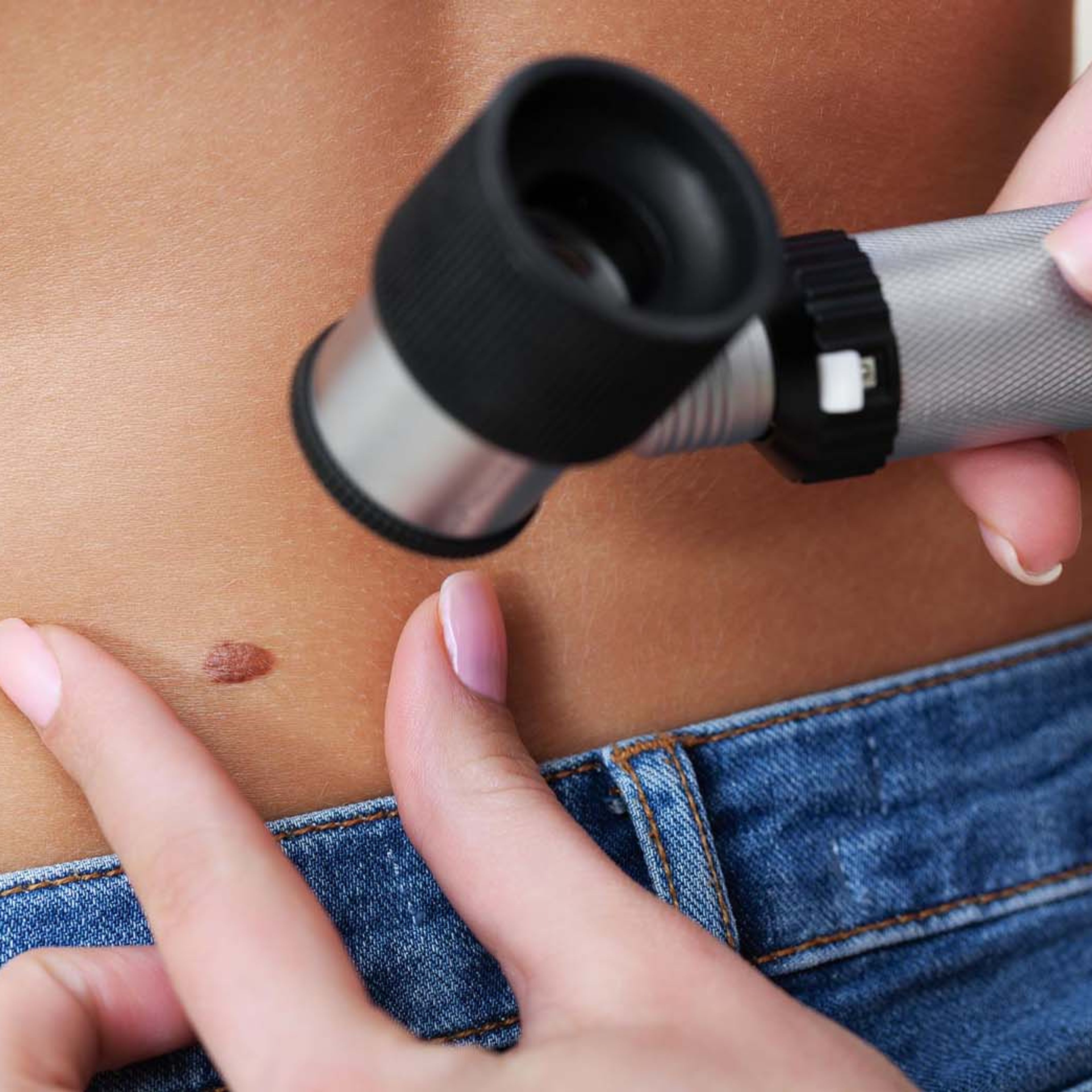Loading...
TREATMENTS
Skin Checks
Regular checks are important for early Skin Cancer detection


From routine skin checks to managing skin conditions, professional care is available to keep skin protected.
- Routine Skin Checks. Detailed assessments to spot early signs of skin cancer, ensuring timely action to keep your skin safe.
- Sun Protection Strategies. Practical advice on using sunscreen, wearing protective clothing, and avoiding peak UV exposure to prevent skin damage.
- Self-Monitoring Tips. Guidance on checking your own skin for unusual moles or changes, helping you stay proactive about your skin health.
- Skin Cancer Awareness. Education on skin cancer risks, including melanoma, and the importance of early detection for better outcomes.
- Managing Skin Conditions. Personalised plans for issues like eczema or psoriasis, helping you manage symptoms effectively.
Skin check process
- Personal Consultation. Begin with a one-on-one discussion to review your medical history and any skin concerns, ensuring a personalised approach to care.
- Visual Inspection. A full-body skin examination to assess moles, spots, and other markings, identifying any visible signs that may need further attention.
- Dermatoscopy. Advanced tools such as a Dermatoscope are used for close inspection, offering high-resolution views of suspicious lesions.
- Biopsy (If Necessary). If any concerning areas are found, a small sample may be taken for further diagnostic analysis.
- Post-Check Guidance. Tailored advice on sun safety, skin monitoring, and follow-up care to help you maintain long-term skin health.
Melanoma Statistics
- Incidence Rates. In 2023, an estimated 18,257 new cases of melanoma were diagnosed in Australia, with a rate of 69.4 cases per 100,000 persons, making it the third most common cancer.
- Mortality Statistics. In 2023, an estimated 1,314 deaths from melanoma occurred, with a mortality rate of 5.0 deaths per 100,000 persons, ranking it as the eleventh most common cause of cancer death.
- Gender Disparities. Males face a higher risk, with 10,639 new cases and 853 deaths in 2023, compared to 7,618 cases and 461 deaths for females, showing a 1 in 14 lifetime risk for males versus 1 in 21 for females.
- Age Trends. Incidence and mortality rates increase with age, peaking at 85–89 years, though rates among those under 40 have dropped significantly since 2002.
UV factor and vitamin D
- UV Radiation as a Vitamin D Source. Sunlight, specifically UVB rays, helps the body produce vitamin D in the skin—vital for bone strength, muscle function, and general health.
- Balancing UV Exposure. In Australia, where UV levels often exceed 3, it’s important to protect skin while still allowing brief, controlled sun exposure for vitamin D.
- Factors Affecting UV Levels. UV strength depends on the time of day, season, location, cloud cover and altitude, all of which influence vitamin D production.
- Safe Sun Exposure Guidelines. A few minutes of sunlight exposure on the face, arms and hands in the summer months is usually enough for Vitamin D absorption (but longer exposure is needed during the winter months).
